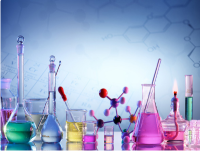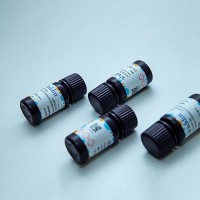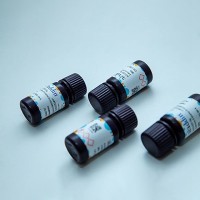Nucleotide Metabolism and Cell-Cell Interactions
互联网
710
Interactions between the vascular endothelium and polymorphonuclear leukocytes (PMNs) are central to PMN emigration into inflamed tissues, and to neutrophil–endothelial crosstalk pathways that modulate inflammatory responses and vascular barrier function. For example, during episodes of inflammation, the transendothelial migration (TEM) of PMNs potentially disturbs vascular barrier and gives rise to intravascular fluid extravasation and edema. However, because of the close special relationship between PMNs and the vascular endothelium, TEM creates an ideal situation for neutrophil–endothelial crosstalk. While investigating innate mechanisms to dampen intravascular fluid loss and edema occurring during TEM, we observed that PMNs release adenine nucleotides after activation (adenosine triphosphate [ATP] and adenosine monophosphate [AMP]). ATP and AMP are metabolized by endothelial cell-surface enzymes, the ecto-apyrase (CD39, metabolizes ATP to AMP) and the 5’-ecto-nucleotidase (CD73, metabolizes AMP to adenosine). Adenosine generated in this fashion can activate endothelial adenosine receptors, leading to increases in intracellular cyclic AMP and resealing of the endothelial junctions, thereby promoting vascular barrier function. This crosstalk pathway provides an endogenous mechanism to dampen vascular leak syndrome during neutrophil–endothelial interaction. In other words, during TEM, neutrophils close the door behind them.









